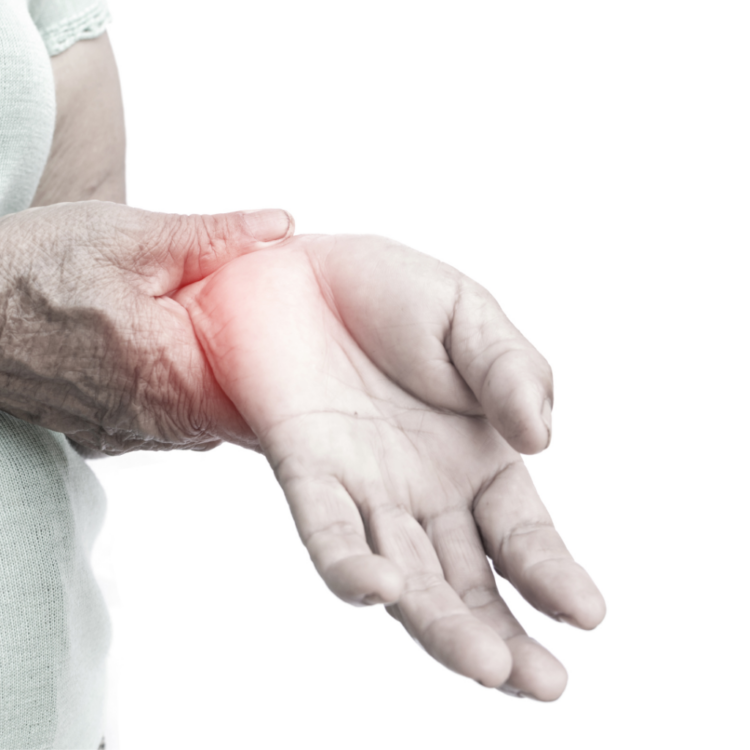Carpal tunnel syndrome (CTS) remains one of the most prevalent musculoskeletal disorders, often resulting in discomfort, numbness, and weakness in the hand and wrist. However, many patients experiencing similar symptoms may actually suffer from conditions that mimic CTS. Misdiagnosis not only affects treatment outcomes but also prolongs unnecessary suffering. This article examines two conditions frequently mistaken for carpal tunnel syndrome: thoracic outlet syndrome (TOS) and cervical radiculopathy.
What conditions are often misdiagnosed as carpal tunnel syndrome?
Two conditions frequently misdiagnosed as carpal tunnel syndrome are thoracic outlet syndrome (TOS) and cervical radiculopathy. Both conditions produce symptoms that closely resemble those of CTS, such as numbness and tingling in the fingers, yet they have distinct underlying causes and require different treatment approaches.
Understanding the Conditions
Carpal Tunnel Syndrome (CTS) occurs when the median nerve, which runs from the forearm into the palm of the hand, becomes compressed as it passes through a narrow tunnel in the wrist. Symptoms typically include pain, numbness, and tingling in the thumb, index finger, middle finger, and part of the ring finger.
Thoracic Outlet Syndrome (TOS) involves compression of the nerves and blood vessels between the collarbone and the first rib. This compression can originate from anatomical abnormalities, posture issues, or trauma and can result in symptoms such as pain in the neck, shoulder, and arm. Often, patients report numbness or tingling that radiates down the arm to the fingers, which can be mistaken for CTS.
Cervical Radiculopathy refers to pain that occurs when a nerve in the neck is compressed or irritated. This can stem from degenerative disc disease, herniated discs, or spinal stenosis. The symptoms may include sharp or burning pain that radiates from the neck into the shoulder and down the arm, often mimicking those experienced in carpal tunnel syndrome.
Symptoms Comparison
Patients may find it challenging to distinguish between these conditions based on symptoms alone. The following table highlights the most common symptoms associated with CTS, TOS, and cervical radiculopathy:
| Symptom | Carpal Tunnel Syndrome | Thoracic Outlet Syndrome | Cervical Radiculopathy |
|---|---|---|---|
| Numbness in fingers | Yes | Yes | Yes |
| Pain in wrist | Yes | Less common | Less common |
| Tingling in arm | Sometimes | Yes | Yes |
| Weakness in grip | Yes | Less common | Yes |
| Neck pain | No | Sometimes | Yes |
| Shoulder pain | No | Yes | Sometimes |
| Symptoms worsen with activity | Yes | Yes | Yes |
Examining the Causes
Understanding the underlying causes of these conditions plays a crucial role in achieving accurate diagnoses.
Causes of Carpal Tunnel Syndrome:
- Repetitive wrist movements
- Arthritis
- Hormonal changes during pregnancy
- Medical conditions, such as diabetes
Causes of Thoracic Outlet Syndrome:
- Anatomical abnormalities (e.g., an extra rib)
- Poor posture
- Trauma, such as whiplash or sports injuries
- Overhead activities (e.g., long hours of typing with poor posture)
Causes of Cervical Radiculopathy:
- Herniated discs
- Osteophyte formation (bone spurs)
- Degenerative disc disease
- Spinal stenosis
Diagnostic Process
An accurate diagnosis requires a comprehensive approach. Healthcare providers may utilize several methods to differentiate CTS from TOS and cervical radiculopathy:
- Medical History: A detailed inquiry about symptoms, medical history, and physical activities can provide essential clues.
- Physical Examination: This includes specific tests, such as the Phalen’s test and Tinel’s sign for CTS, as well as assessments of neck and shoulder range of motion for TOS and cervical radiculopathy.
- Imaging Studies: MRI or X-rays can help identify structural abnormalities or disc herniation in the neck.
- Nerve Conduction Studies: These tests measure how well electrical impulses move through the nerves, helping to confirm or rule out CTS.
- Electromyography (EMG): This test assesses the electrical activity of muscles and can indicate nerve damage.
Treatment Options
Treatment strategies for these three conditions can vary significantly, emphasizing the need for accurate diagnosis.
Treatment for Carpal Tunnel Syndrome:
- Wrist splints
- Corticosteroid injections
- Surgery (in severe cases)
Treatment for Thoracic Outlet Syndrome:
- Physical therapy focusing on posture and shoulder mechanics
- Pain management through medications
- Surgical decompression in severe cases
Treatment for Cervical Radiculopathy:
- Pain relief medications (NSAIDs, muscle relaxants)
- Physical therapy
- Surgery may be considered if conservative treatments fail
Real-World Statistics
Understanding the prevalence and impact of these conditions can shed light on their significance:
| Condition | Estimated Prevalence Rate | Typical Age of Onset | Common Risk Factors |
|---|---|---|---|
| Carpal Tunnel Syndrome | 3% to 6% of adults | 30 to 60 years | Repetitive wrist motion, obesity |
| Thoracic Outlet Syndrome | 8% of the general population | 20 to 50 years | Poor posture, trauma |
| Cervical Radiculopathy | 83% incidence in older adults | 40 to 60 years | Age-related degeneration, heavy lifting |
Conclusion
Misdiagnosis of thoracic outlet syndrome and cervical radiculopathy as carpal tunnel syndrome remains a prevalent issue in clinical settings. Proper evaluation and an understanding of the nuanced differences among these conditions are vital for effective treatment and management. By raising awareness about these misdiagnoses, patients can advocate for themselves, ensuring they receive the most appropriate care for their symptoms.
Understanding these distinctions can lead to better patient outcomes and a decrease in prolonged discomfort or ineffective treatments. Consult healthcare professionals for a tailored approach to address specific symptoms and conditions effectively.







